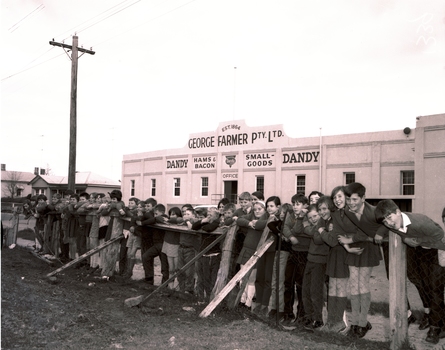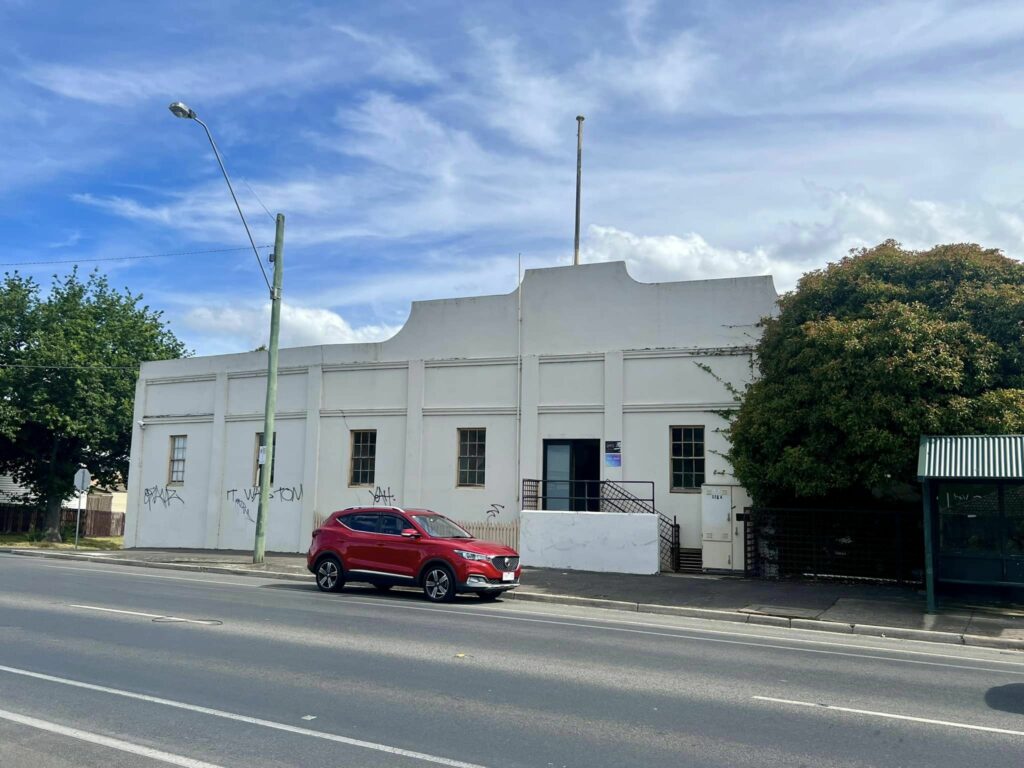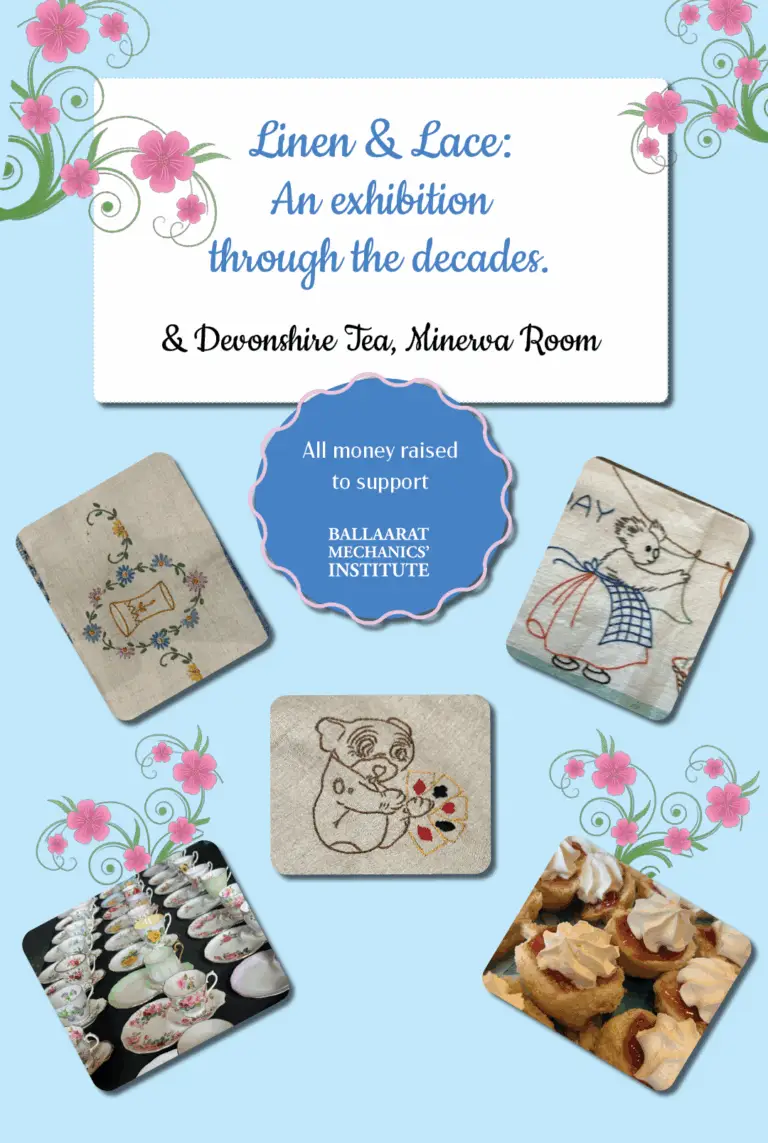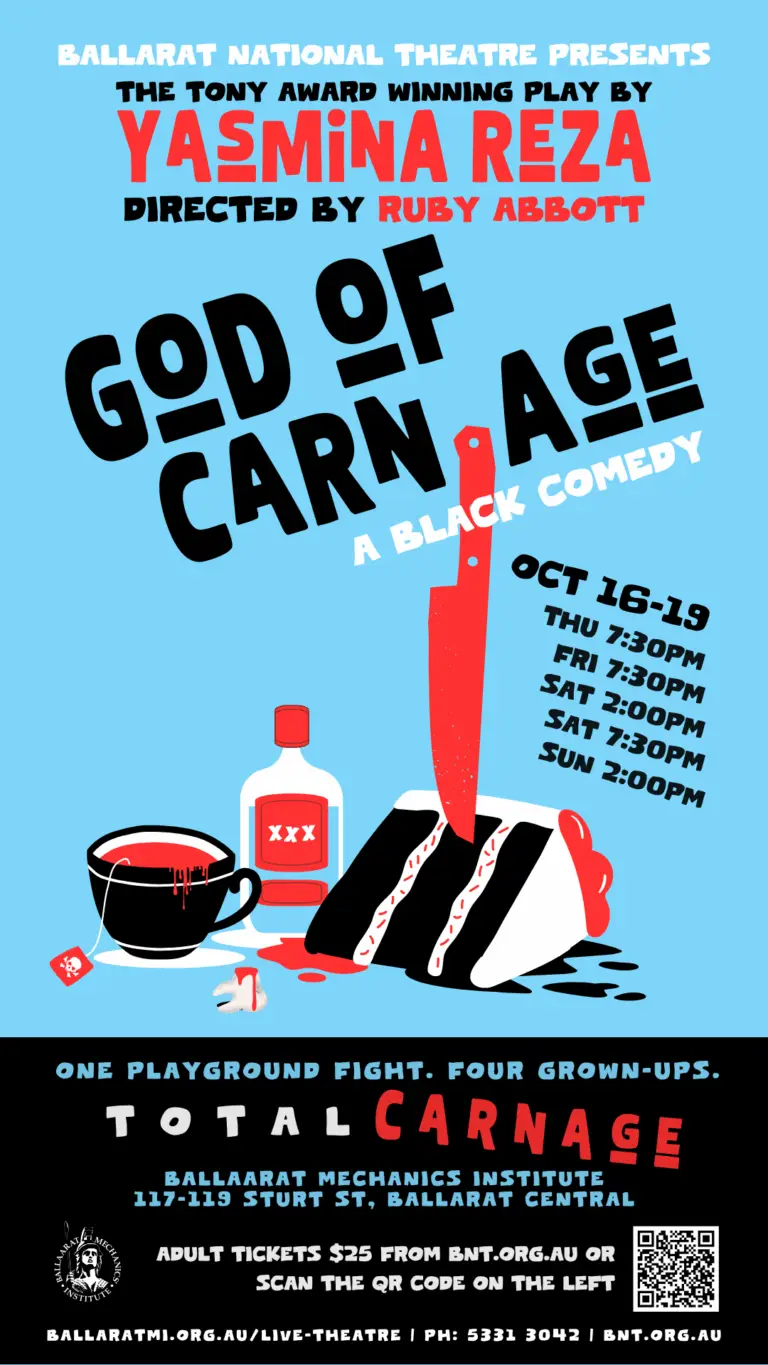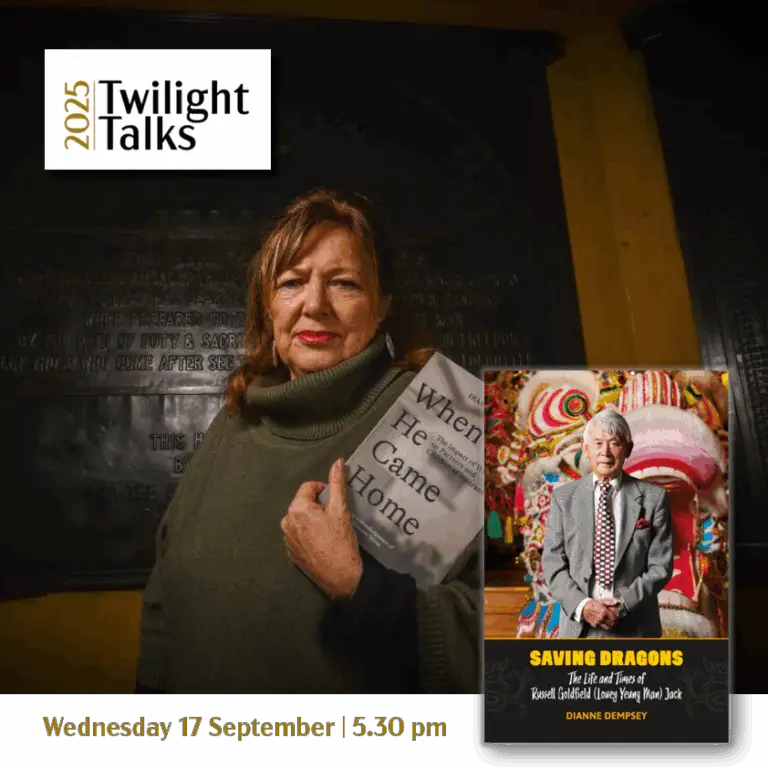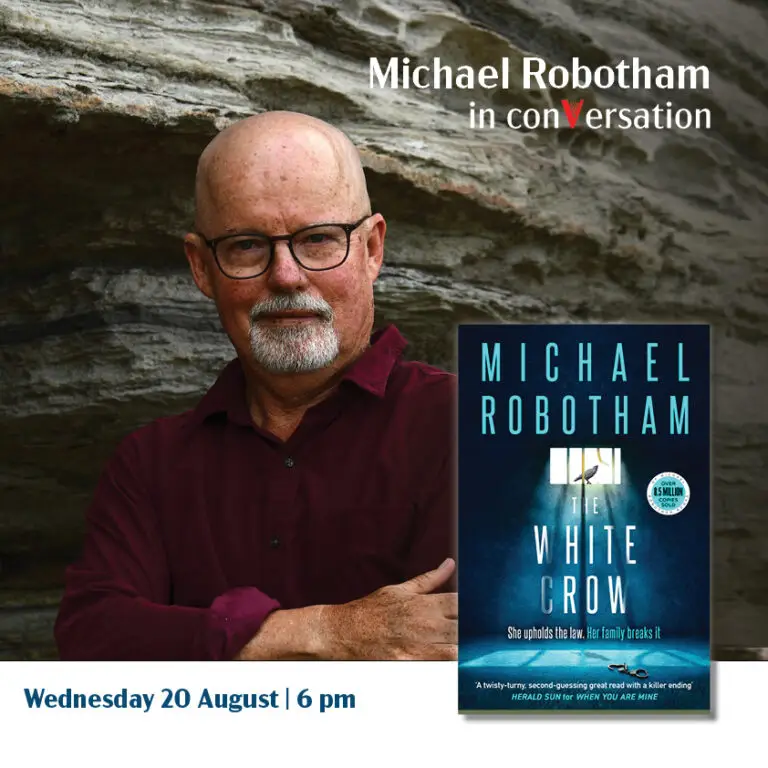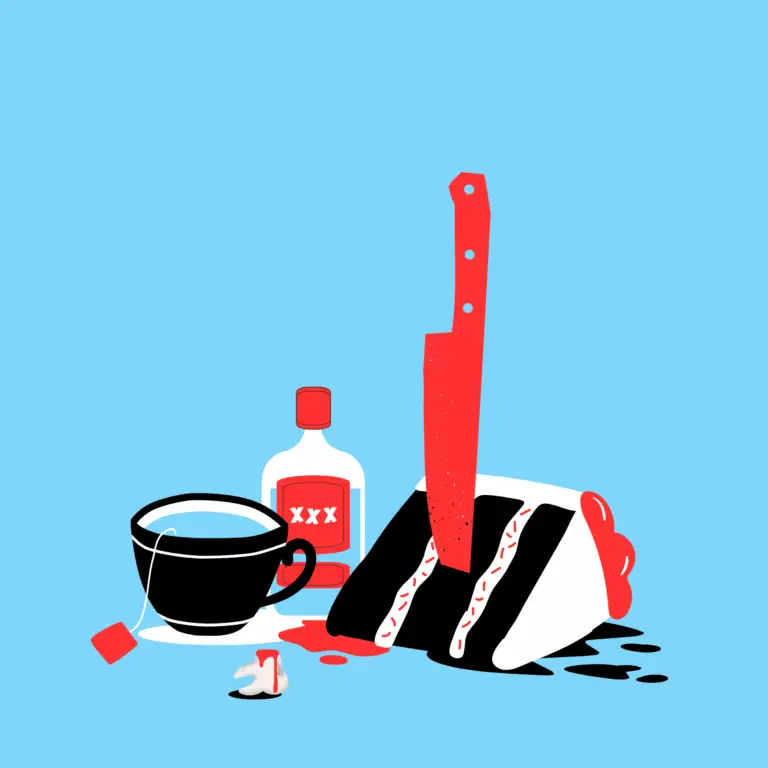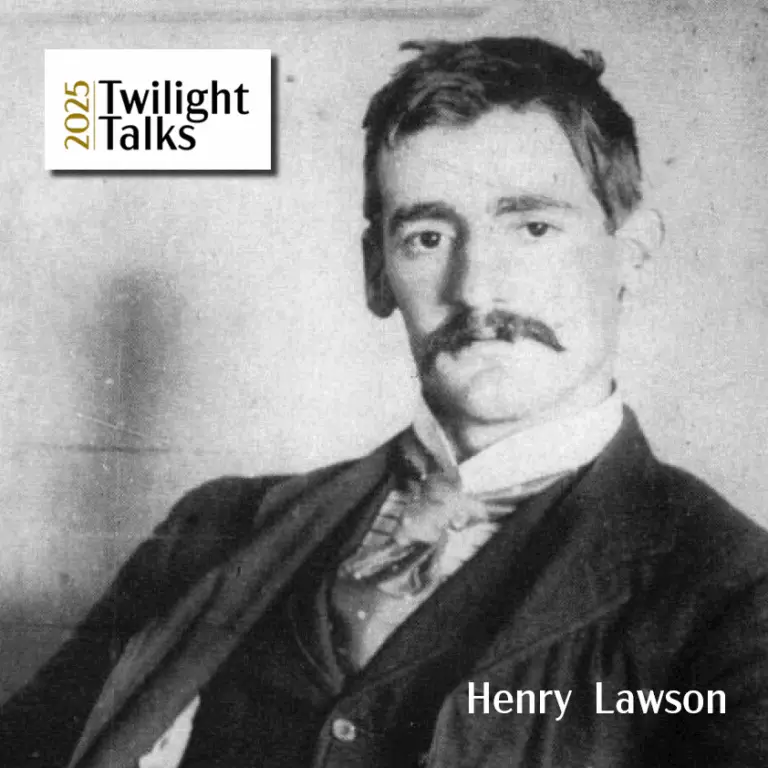Christmas time in Ballart allows us to feature the long-time producer of a Christmas banquet staple, George Farmer’s ham and bacon curing works on Eureka Street.
George Farmer first set up his curing business in 1864. Farmer reportedly travelled to America and Europe to investigate curing methods and adapt his findings to “Australian tastes and conditions.”
Farmer preferred the Berkshire pig for his hams, ideally raised on a diet of peas and milk – apparently producing a pig with the perfect amount of fat for curing.
Farmer became known as the “champion ham and bacon curer of the Commonwealth”, taking out the top prizes at the Royal Shows year after year. Farmer’s hams were even feted on the international stage, winning the gold medal at the Franco-British exhibition held in London in 1908.
By 1912 the factory employed 87 men and was processing around 1200 pigs per week. Farmer was soon exporting his ‘Sugar Cane’ brand of hams to Manila, Shanghai and Hong Kong.
In 1913, the original factory was destroyed by fire. The spectacle of the fire attracted many onlookers, including some hungry spectators who stole hams as the factory burned. Constables were deployed to stem the looting, giving a new meaning to “saving someone’s bacon.”
Despite enticements to relocate his operations to Melbourne, a new factory was built on the site in 1914, powered by electricity and modern machinery, including a state-of-the-art American pig cleaning machine.
By the following year, the factory’s operations were scaled back from more than 1,300 pigs processed a week to just 100. Supply of pigs was impacted by drought, and the war meant that saltpetre (potassium nitrate) could no longer be sourced from England and Germany as it was heavily used in the manufacture of gunpowder.
The factory became reliant on saltpetre from India, increasing the price from £32 per tonne to £84. Despite this, Farmer reportedly kept his remaining 90 workers in employment. Farmer presided over the business until 1919, when George Farmer Pty Ltd was listed as a public company.
In 1924, the building was expanded with extensive use of concrete both internally and externally, giving the factory the distinctive façade we see today.
Do you recognise any of the cheeky faces in this picture?
George Farmer first set up his curing business in 1864. Farmer reportedly travelled to America and Europe to investigate curing methods and adapt his findings to “Australian tastes and conditions.”
Farmer preferred the Berkshire pig for his hams, ideally raised on a diet of peas and milk – apparently producing a pig with the perfect amount of fat for curing.
Farmer became known as the “champion ham and bacon curer of the Commonwealth”, taking out the top prizes at the Royal Shows year after year. Farmer’s hams were even feted on the international stage, winning the gold medal at the Franco-British exhibition held in London in 1908.
By 1912 the factory employed 87 men and was processing around 1200 pigs per week. Farmer was soon exporting his ‘Sugar Cane’ brand of hams to Manila, Shanghai and Hong Kong.
In 1913, the original factory was destroyed by fire. The spectacle of the fire attracted many onlookers, including some hungry spectators who stole hams as the factory burned. Constables were deployed to stem the looting, giving a new meaning to “saving someone’s bacon.”
Despite enticements to relocate his operations to Melbourne, a new factory was built on the site in 1914, powered by electricity and modern machinery, including a state-of-the-art American pig cleaning machine.
By the following year, the factory’s operations were scaled back from more than 1,300 pigs processed a week to just 100. Supply of pigs was impacted by drought, and the war meant that saltpetre (potassium nitrate) could no longer be sourced from England and Germany as it was heavily used in the manufacture of gunpowder.
The factory became reliant on saltpetre from India, increasing the price from £32 per tonne to £84. Despite this, Farmer reportedly kept his remaining 90 workers in employment. Farmer presided over the business until 1919, when George Farmer Pty Ltd was listed as a public company.
In 1924, the building was expanded with extensive use of concrete both internally and externally, giving the factory the distinctive façade we see today.
Do you recognise any of the cheeky faces in this picture?
